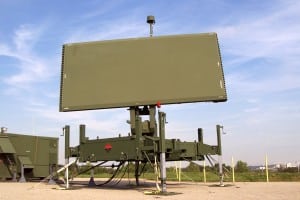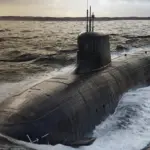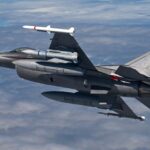
The Senate Armed Services Committee (SASC) is concerned the Defense Department is missing an opportunity to save money by pursuing new ground radar programs for individual services instead of one joint program. DoD currently is pursuing separate ground radar programs: The Army with TPQ-53, the Marine Corps with TPS-80 and the Air Force with TPS-78 and TPS-703, SASC says in its fiscal year 2014 defense authorization report. SASC says in the report that fiscal realities demand that the services look for every…













